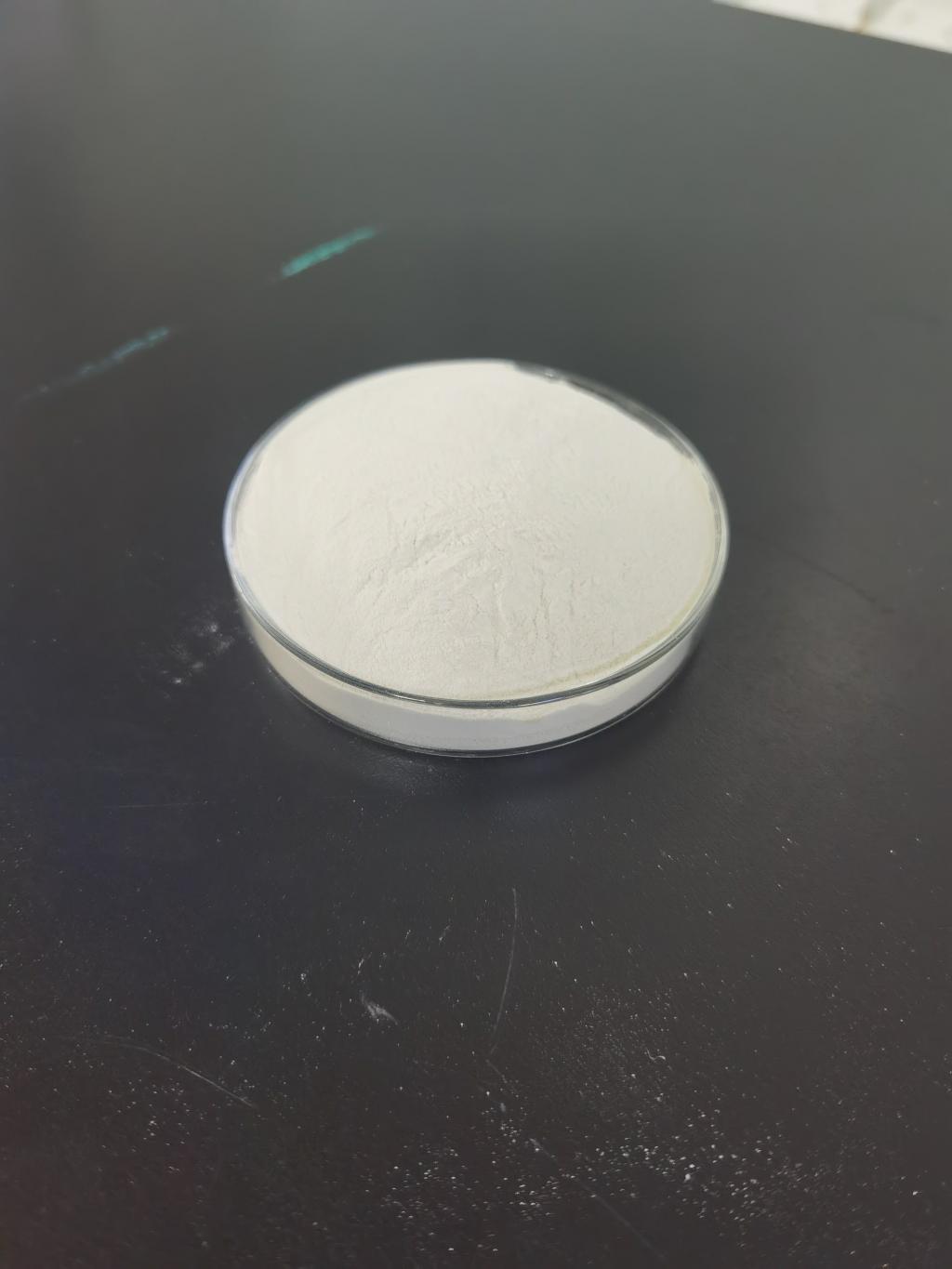Tel:+8618231198596

News
 CONTACT
CONTACT
 CONTACT
CONTACT
- Linkman:Linda Yao
- Tel: +8618231198596
- Email:linda.yao@dcpharma.cn
- Linkman:CHARLES.WANG
- Department:Overseas
- Tel: 0086 0311-85537378 0086 0311-85539701
News
Current Position:
Home >
News
>Nisin's Influence on Culinary Innovation: Elevating the Art of Food Preservation
Nisin's Influence on Culinary Innovation: Elevating the Art of Food Preservation
TIME:2024-02-29
I. The Historical Significance of Food Preservation:
Food preservation is an age-old practice deeply rooted in human history. From sun-drying and salting to fermentation and canning, our ancestors developed various techniques to extend the shelf life of perishable foods. These methods not only ensured survival in times of scarcity but also gave rise to unique culinary traditions that continue to shape our palates today.
II. Understanding Nisin:
Nisin, derived from the bacteria Lactococcus lactis, has been traditionally employed as a natural preservative in the food industry. Its antimicrobial properties, specifically targeting Gram-positive bacteria, have made it a stalwart in inhibiting spoilage and enhancing food safety. Beyond its preservative function, recent research has unveiled additional benefits, including potential health effects and its ability to contribute to culinary creativity.
III. Nisin's Impact on Culinary Innovation:
Preservation of Flavor and Texture: Nisin's role in preserving food goes beyond mere shelf life extension. By inhibiting the growth of spoilage organisms, Nisin helps maintain the original flavor and texture of ingredients, ensuring that the culinary creations reach consumers with the intended sensory experience.
Reduction of Additives: As chefs strive to create cleaner and more natural dishes, Nisin provides an alternative to traditional preservatives and chemical additives. Its natural origin aligns with the growing consumer demand for minimally processed and clean-label foods.
Exploration of Fermentation: Nisin's compatibility with fermentation processes opens up new possibilities for chefs interested in exploring the world of fermented foods. By incorporating Nisin, chefs can experiment with longer fermentation times without compromising food safety.
IV. Applications in Various Culinary Arenas:
Fine Dining: In upscale dining establishments, where freshness and quality are paramount, chefs leverage Nisin to extend the life of delicate ingredients, such as herbs and edible flowers, preserving their vibrancy and enhancing visual appeal.
Artisanal Food Production: Small-scale producers of artisanal cheeses, charcuterie, and pickled products benefit from Nisin's ability to protect against undesirable microbial growth, allowing for the creation of unique and high-quality offerings.
Convenience Foods: In the fast-paced world of convenience foods, Nisin plays a crucial role in preserving the quality of pre-packaged meals, ensuring that consumers can enjoy a convenient yet wholesome dining experience.
V. Challenges and Considerations:
While Nisin presents exciting opportunities for culinary innovation, challenges and considerations must be addressed. These include:
Regulatory Compliance: Meeting regulatory standards for the use of Nisin in culinary applications requires careful adherence to guidelines. Collaboration between chefs, food scientists, and regulatory bodies is crucial to navigate the complex landscape of food regulations.
Consumer Perception: Educating consumers about the benefits and safety of Nisin is essential for fostering acceptance. Transparent communication can dispel concerns and build trust in the culinary community and among consumers.
VI. Case Studies of Culinary Excellence:
Examining case studies where chefs have successfully integrated Nisin into their culinary creations provides real-world examples of its transformative impact. These cases highlight the versatility of Nisin and its ability to enhance both the artistic and practical aspects of food preparation.
VII. Future Trends and Possibilities:
As culinary innovation continues to evolve, the future holds exciting possibilities for Nisin's role in shaping the way we approach food preservation. The collaboration between chefs, scientists, and the food industry can lead to the development of new techniques and applications that redefine the culinary landscape.
VIII. Conclusion:
Nisin's influence on culinary innovation goes beyond simple preservation; it is a catalyst for creativity and a tool that empowers chefs to push the boundaries of gastronomy. As the culinary world embraces the potential of Nisin, we can anticipate a future where food preservation is not merely a necessity but an art form that enhances the dining experience. Chefs, food scientists, and enthusiasts alike are poised to embark on a journey that elevates the craft of food preservation, preserving tradition while embracing the possibilities that Nisin brings to the table. In this synthesis of science and art, the culinary world stands at the cusp of a transformative era, where Nisin takes its place as a key ingredient in the palette of culinary innovation.
- Tel:+8618231198596
- Whatsapp:18231198596
- Chat With Skype







